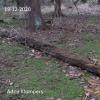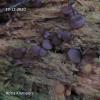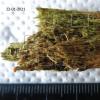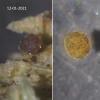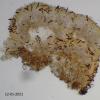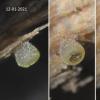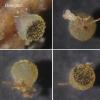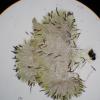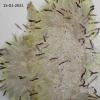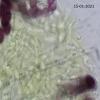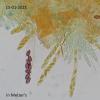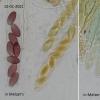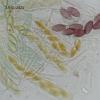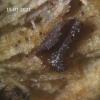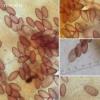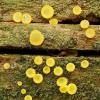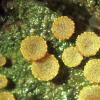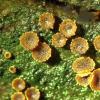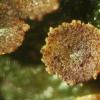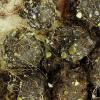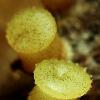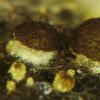
16-07-2024 18:32
 Andgelo Mombert
Andgelo Mombert
Bonsoir, Un discomycète sur Liochlaena lanceolat

17-07-2024 16:29
 Andgelo Mombert
Andgelo Mombert
Hello,A colleague found an unknown fungus on the s

11-01-2022 16:36
Hi does anyone have a digital copy of Raitviir A (

24-08-2020 13:00
 Yulia Lytvynenko
Yulia Lytvynenko
Dear friends.Looking for a copy of the following w

11-07-2024 14:29
 Viktorie Halasu
Viktorie Halasu
Hello, a thin-fleshed Mollisia on a monocot stem


Hi Riet,
Some years ago I collected an Ascobolous from a fallen, rotten trunk or branch of Picea. I remember that there was quite a dense colony. This I IDed as Ascobolus lignatilis from Ellis and Ellis and is the only lignicolous species in that reference. It does seem quite close to foliicola both macroscopically and microscopically but with a different habitat preference. Is epimyces a soil-dwelling species?
Best wishes,
Charles.

Nice pictures ! Rather agree with Charles for A.lignatilis. In my opinion, A.epimyces has more pointed spores at the ends with a more dense ornamentation, and A.lignicola an on average larger spore width with a more reticulate ornamentation.
Michel.

I have no experience of A. epimyces but based on Brummelen's description the latter has more fusoid ascospores with anastomosing ridges. This is not the case in the ascospores of your collection.
This is not a common species.


Hi again Riet,
Thanks for the reference-have just had a look and the fusoid spores seem characteristic of epimyces.
Charles.

Thank you very much for the beautiful pictures!
For me it's the first species Ascobolus I see, so it's very nice to compare!



